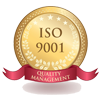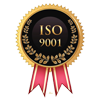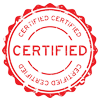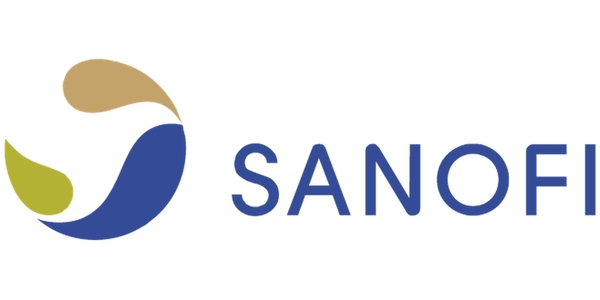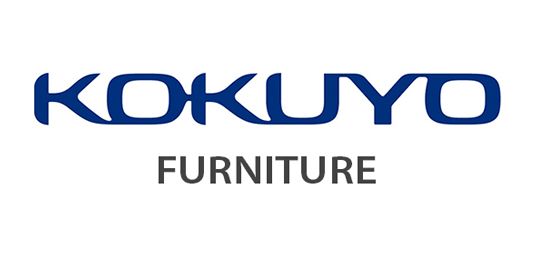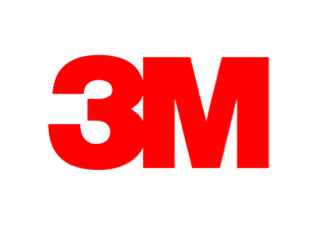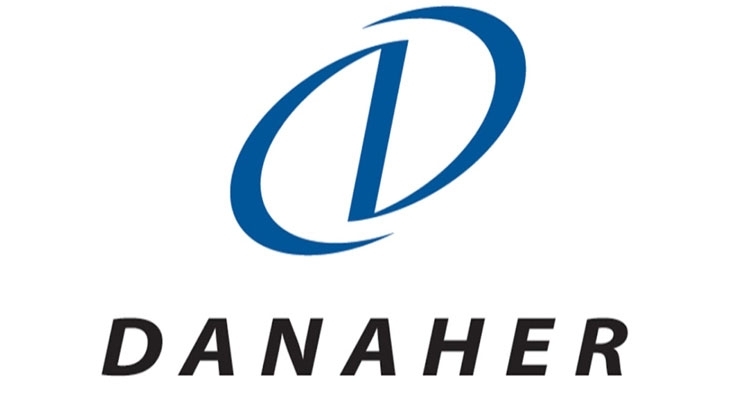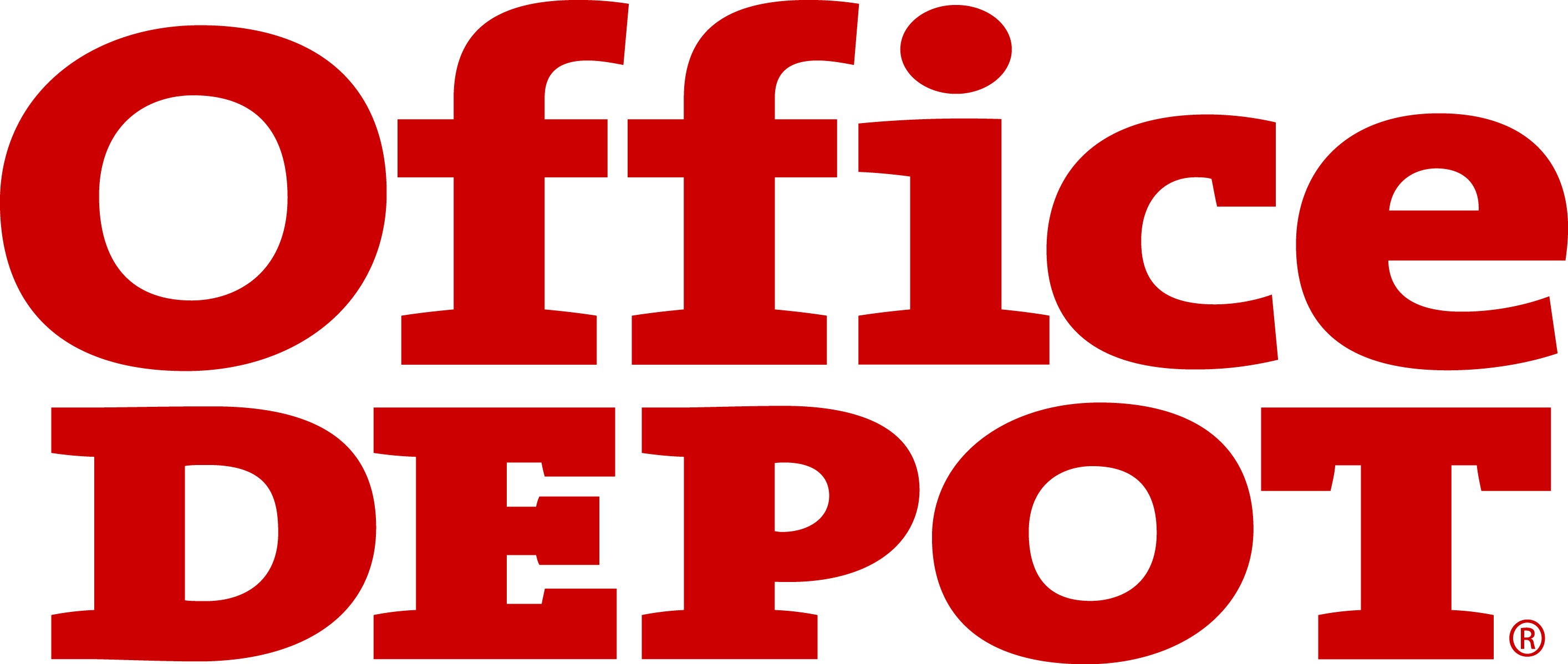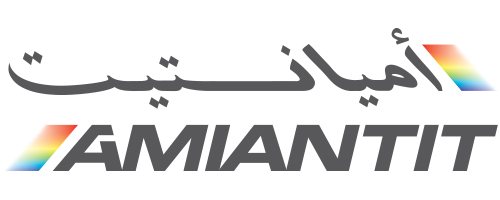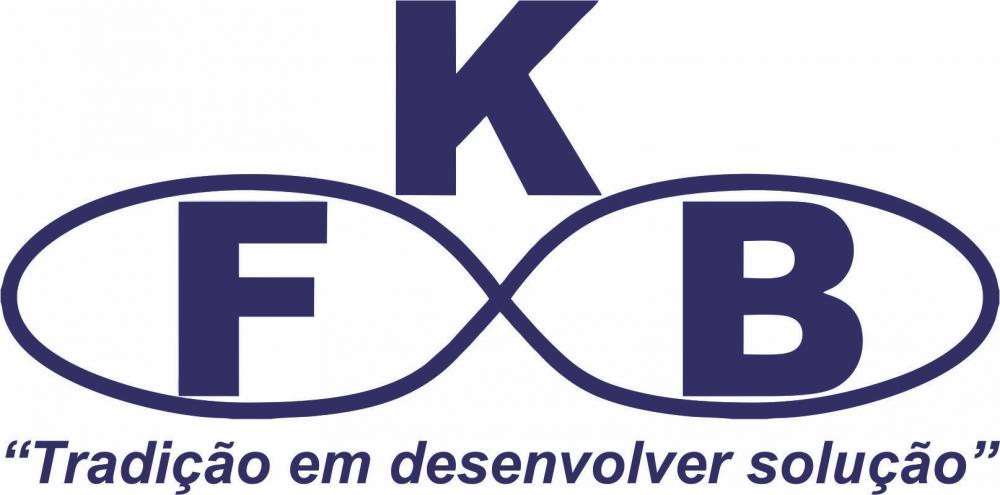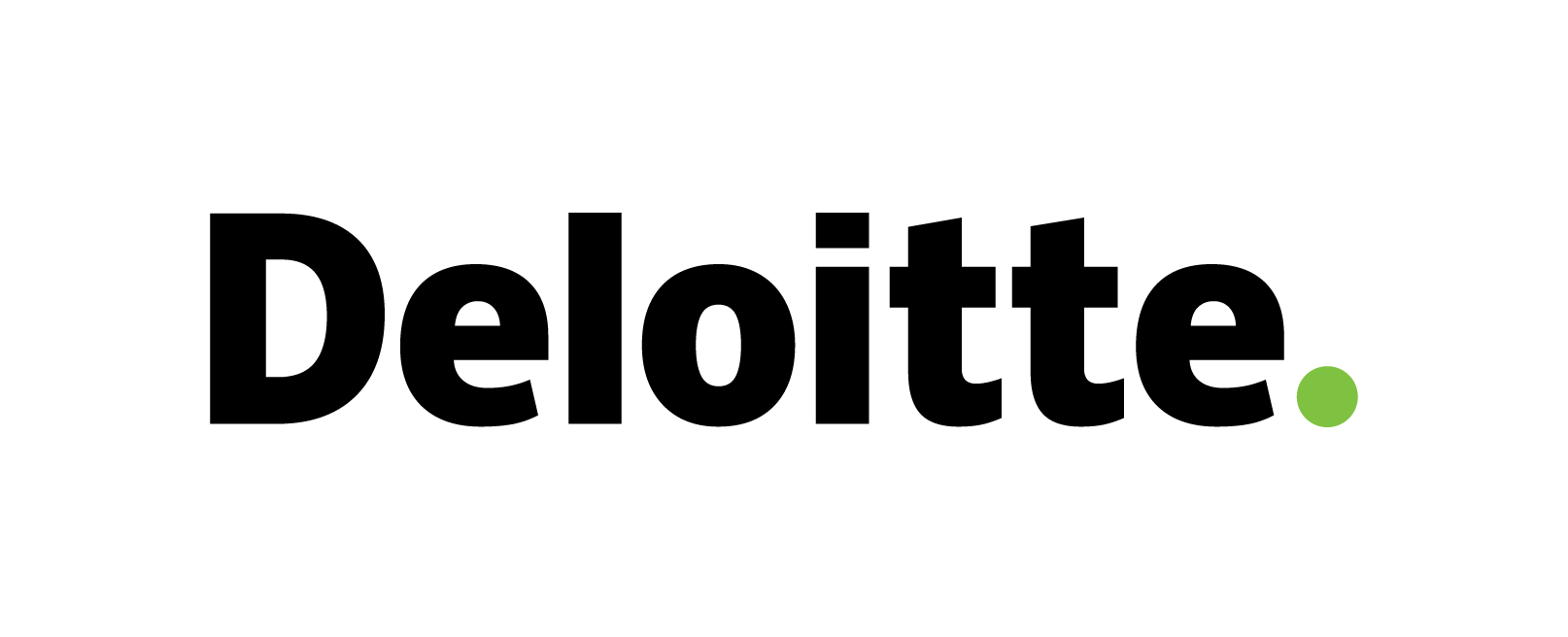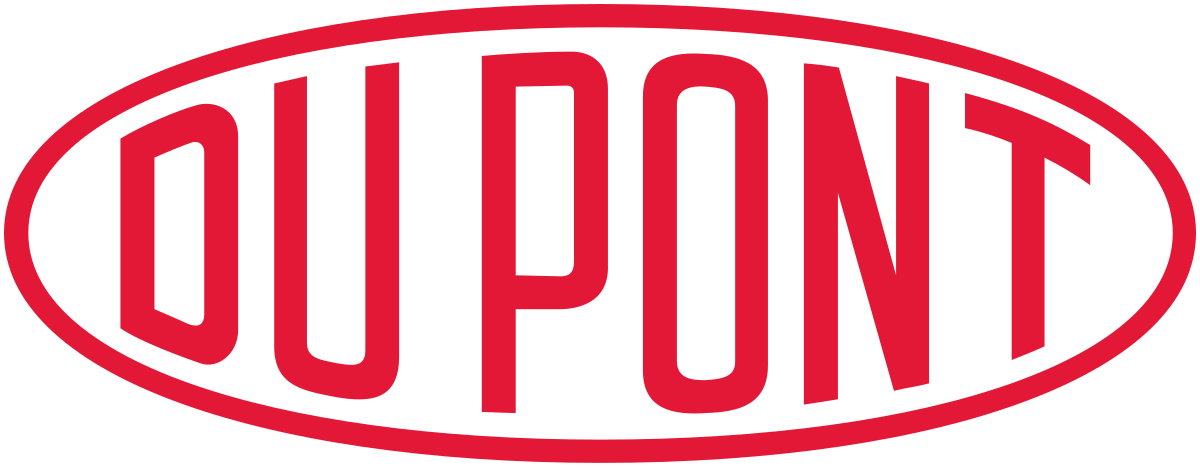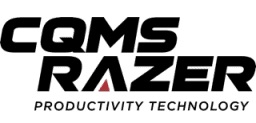CNG, RNG, and Hydrogen Tanks Market By Gas Type (Compressed Natural Gas (CNG), Hydrogen, Renewable Natural Gas (RNG)}; By Material Type (Metal, Carbon Fiber, Glass Fiber); By Application (Fuel, Transportation); By Region (North America, Europe, Asia Pacific, Latin America, Middle East & Africa) - Global Market Analysis, Trends, Opportunity and Forecast, 2022-2032
CNG, RNG, and Hydrogen Tanks Market Overview and Definition
The global CNG, RNG, and hydrogen tanks market size is projected to grow from USD 2.1 billion in 2021 to USD 4.7 billion by 2032, at a CAGR of 8.1% from 2022 to 2032. The CNG (compressed natural gas), RNG (renewable natural gas), and hydrogen tanks market is expected to experience significant growth in the coming years, driven by the increasing demand for clean energy solutions in transportation and industrial sectors. CNG and RNG tanks are used to store natural gas, while hydrogen tanks are used to store hydrogen for fuel cell vehicles. The market is expected to be driven by government regulations aimed at reducing carbon emissions, as well as technological advancements in tank design and manufacturing.
Renewable natural gas (RNG), also referred to as bio-methane, is a refined, advance pipeline-quality bio-fuel produced from organic materials such as waste from landfills and livestock; by the process of anaerobic digestion. Compressed natural gas is a fuel that is used in replacement of gasoline, diesel fuel and liquefied petroleum gas (LPG) as it produces lesser undesirable gases comparatively and also is lighter than air and disperses quickly when released.
There are specialized tanks used to store and transport these gases and also Hydrogen, which are made from different materials such as Metals, Carbon, Glass.
CNG, RNG, and hydrogen tanks offer durability, are cheaper, and also eco-friendly. They are used in diverse applications and can be majorly classified into tank types, depending on the material used at the time of manufacturing.
CNG, RNG, and Hydrogen Tanks Market Key Drivers
The CNG (compressed natural gas), RNG (renewable natural gas), and hydrogen tanks market is being driven by several key factors, including:
Government regulations and incentives aimed at reducing carbon emissions and promoting the use of clean energy in transportation and industry.
The increasing demand for alternative fuels in the transportation sector, particularly for heavy-duty vehicles such as buses and trucks.
The growing adoption of fuel cell vehicles, which require hydrogen tanks to store and transport hydrogen.
Technological advancements in tank design and manufacturing, leading to increased efficiency, safety, and durability.
The expanding natural gas and hydrogen infrastructure, with more refueling and charging stations being built to support the growing demand for these fuels.
The availability of renewable natural gas, which is produced from organic waste and provides a carbon-neutral fuel source.
The growth of this market is attributed towards major relying factors including; the globally growing demand for alternative fuel vehicles, such as CNG, RNG, and hydrogen fuels, the growing government initiatives focusing on the adoption of clean fuel and growth in number of natural and fuel cell electric vehicles, the increase in stringent environmental regulations enforced by various governments on automotive manufacturers to increase the uptake of alternative fuel sources and the increasing developments in the worldwide fueling infrastructure etc.
Moreover, the automotive industry is currently witnessing a massive upsurge in the application of natural gas. With this, the government investments for the expansion and the development of transportation sector operations are also persuading the manufacturers to focus on the production of low-weight cargo tanks. This is resulting in the growing demand for compressed natural gas-driven vehicles, the increased demand for hydrogen-powered cars which are similar to electric cars, and the introduction of various advanced tools for the development of hydrogen tanks, which, in turn is proactively fueling the global market growth.
Furthermore, other factors such as the increasing governmental support in the form of tax incentives and subsidiaries, the enforcement of stricter CO2 emission norms by various governments, and the advent of low weight transportation tanks further propel the growth of this market.
However, factors such as the high cost of composite material tanks, the need for regulatory approvals, stringent government rules and regulations and fluctuation in prices of oil in RNG, hydrogen, and CNG tanks hinder the growth of this market.
At present, the COVID-19 outbreak has adversely affected the demand for CNG, RNG, and hydrogen tanks across the globe as a direct result of the decline in sales of natural gas and fuel cell electric vehicles. However, with that said, the impact of COVID-19 is said to deteriorate by the mid of 2021 and the demand CNG, RNG, and hydrogen tanks is projected to increase slowly as per the pre-covid scenario, which will start to stabilize the market and help the market take a new leap forward at a rapid rate.
CNG, RNG, and Hydrogen Tanks Market Challenges
The CNG (compressed natural gas), RNG (renewable natural gas), and hydrogen tanks market also faces several challenges, including:
High upfront costs for the purchase and installation of CNG, RNG, and hydrogen tanks, which can be a barrier for many customers.
Limited refueling infrastructure for natural gas and hydrogen, which can limit the adoption of these fuels in certain regions.
Safety concerns associated with the storage and transport of compressed gases, which can impact consumer confidence and increase regulatory scrutiny.
Technical challenges related to the storage and transport of hydrogen, including issues with embrittlement and permeation, which can impact the durability and efficiency of hydrogen tanks.
Competition from other alternative fuels and technologies, such as battery electric vehicles, which may limit the growth of the CNG, RNG, and hydrogen tanks market in certain applications.
CNG, RNG, and Hydrogen Tanks Market: Report Scope |
|
|
Base Year Market Size |
2021 |
|
Forecast Year Market Size |
2022-2032 |
|
CAGR Value |
8.1% |
|
Segmentation |
|
|
Challenges |
|
|
Growth Drivers |
|
CNG, RNG, and Hydrogen Tanks Market Segmentation
By Gas Type
- Compressed Natural Gas (CNG)
- Hydrogen
- Renewable Natural Gas (RNG)
By Material Type
- Metal
- Carbon Fiber
- Glass Fiber
By Application
- Fuel
- Transportation
By Region
- North America
- Europe
- Asia Pacific
- Latin America
- Middle East & Africa
CNG, RNG, and Hydrogen Tanks Market Regional Synopsis
The Asia-Pacific region is the largest and the fastest growing CNG, RNG and Hydrogen tanks market in terms of region and is also expected to continue to dominate in the next few years ahead. The growth in this region can be attributed to factors such as the high demand for CNG tanks and its increasing consumption in various applications in the region, the high industrial growth in the major countries present in the region, the high focus of governments on reducing air pollution by promoting the use of natural gas vehicles and reducing the reduction of harmful emissions in the region and the growing use of energy-efficient products. Also, other factors such as the availability of low-cost raw materials and cheap labor in Asian countries, such as India and China, the increasing sales of vehicles in the region and the development of CNG tank manufacturing technology also contribute significantly to the region’s market growth. The major contributors in the region include India, China, Japan, Pakistan and Thailand. This region is followed by Europe, North America and subsequently the Latin American region.
CNG, RNG, and Hydrogen Tanks Market: Recent Developments
The CNG (compressed natural gas), RNG (renewable natural gas), and hydrogen tanks market has seen several recent developments, including:
The growing use of RNG as a renewable fuel source, which is produced from organic waste and provides a carbon-neutral alternative to traditional natural gas.
The increasing adoption of fuel cell vehicles, which require hydrogen tanks to store and transport hydrogen.
Advancements in tank design and manufacturing, including the use of new materials and technologies to improve the efficiency, safety, and durability of CNG, RNG, and hydrogen tanks.
The expansion of refueling and charging infrastructure for CNG, RNG, and hydrogen, with more stations being built to support the growing demand for these fuels.
The emergence of new players in the market, including start-ups focused on developing innovative tank solutions for a range of applications.
CNG, RNG, and Hydrogen Tanks Market Key Players
- Lianyungang Zhongfu Lianzhong Composites Group Co. Ltd.
- Ullit SA
- Agility Fuel Solutions
- Worthington Industries Inc.
- Hexagon Composites ASA
- Quantum Fuel Systems LLC
- Praxair Technologies Inc.
- Faber Industrie Spa
- Alternative Fuels Data Center
- Doosan Mobility Innovation
- Everest Kanto Cylinders Ltd.
- Avanco Group
- Jpm Group

Need Customized Report for Your Business ?
Utilize the Power of Customized Research Aligned with Your Business Goals
Request for Customized Report- Quick Contact -
- ISO Certified Logo -
